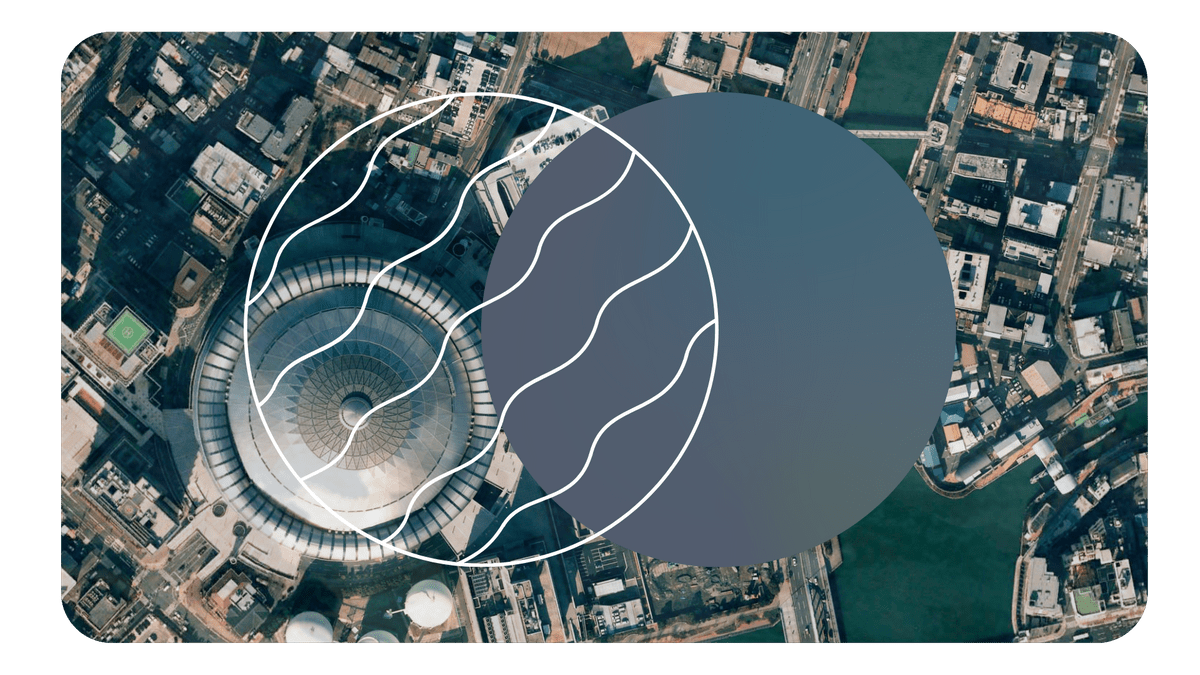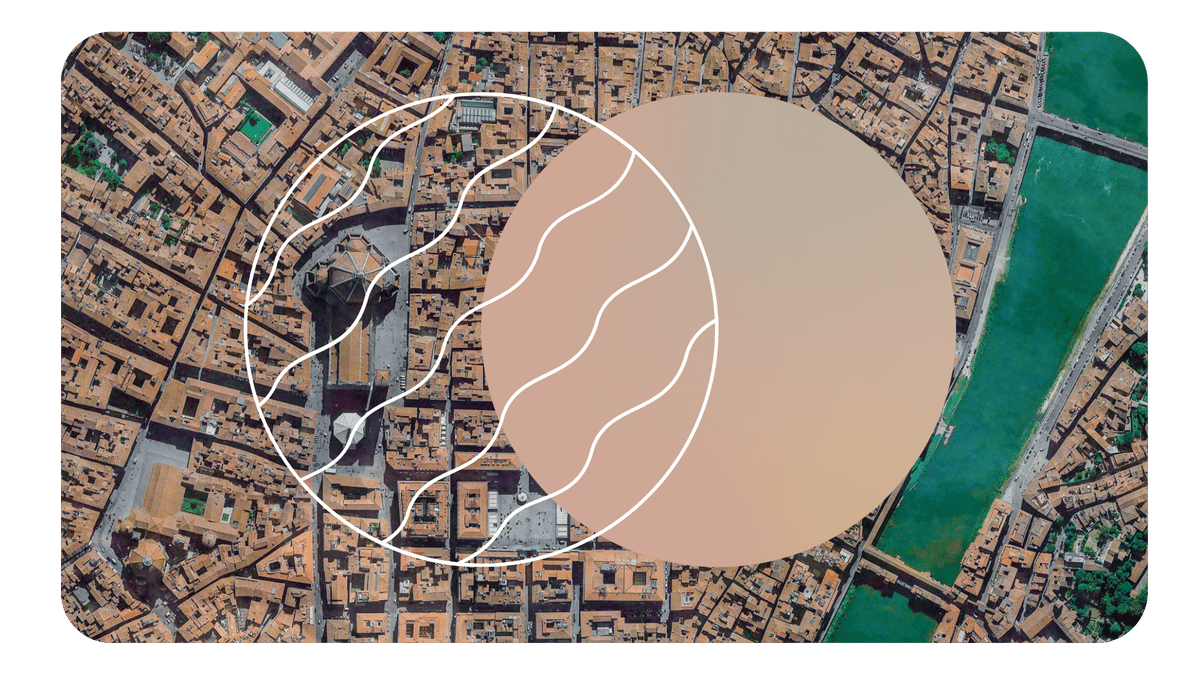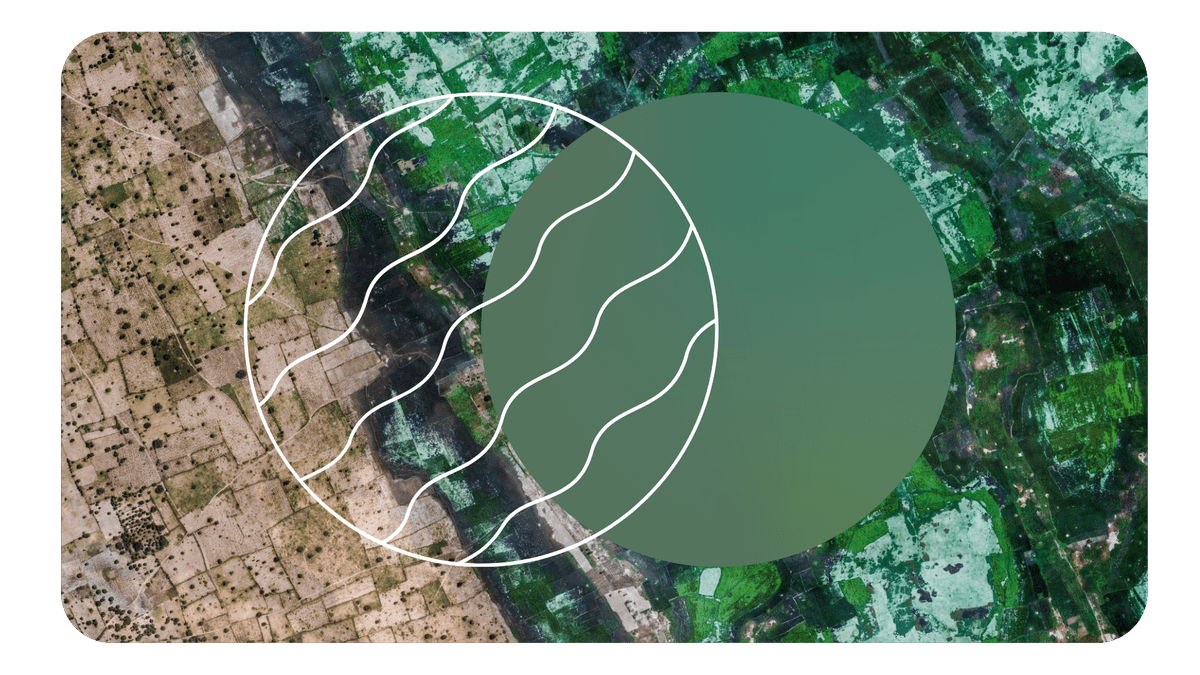

WHAT WILL BE THE BIGGEST INDUSTRY IN 2042?
Heatwaves, wildfires, floods, pandemics, geopolitical conflicts, human migrations and AI disruption:
In the 2020's Humanity will face multiple challenges. In the meantime, several breakthroughs happened: in energy storage and production, CO2 mitigation, Carbon capture, and new materials to enable a regenerative economy were needed.
But to truly save our civilization from ecocide, massive societal adaptation and climate finance were needed to tackle the scale of the environmental challenges being faced. As of 2042, more than 40 new megacities were emerging, and the challenge of our generation was reinventing this most polluting component of our civilization: Cities. A new operating system for our megacities needed to be designed, and that's where wealth is being created next 20 years.Let's build a world we want to live in for 2042. Welcome to The Adaptive Economy.

Cleaner Energy Abundance
By 2042, the global energy system has entered a new era—defined not by scarcity, but by precision, resilience, and carbon negativity. The rise of small modular nuclear reactors, rapid breakthroughs in fusion energy, and the mass production of synthetic fuels have rewritten the rules of power generation.
Fusion reactors now power entire cities with near-limitless energy, while synthetic fuels—engineered from captured CO₂—have given a second life to combustion engines, heavy industry, and aviation. What once polluted now runs clean.
Oil and gas companies, once seen as relics, have retrofitted massive refining plants into permanent carbon storage facilities. These repurposed sites now inject captured carbon deep underground, locking it away for over 500 years. The same infrastructure that fueled the 20th century has become a pillar of planetary repair.
Energy has become decentralized yet sovereign. Remote communities run on solar and nuclear microgrids.
The energy transition didn’t just replace fossil fuels—it reinvented them.

Climate Adaptive Cities
By 2042, the fabric of cities has been reshaped by waves of automation, mass climate migration, and escalating resource conflicts. Mega-cities, once symbols of prosperity, now struggle under economic collapse, infrastructure failures, and social unrest.
In their place, a new movement has gained momentum: the rise of self-sufficient, decentralized micro-cities.
Designed for autonomy, these communities offer residents affordable energy, resilient food systems, and true ownership of land and resources. Buildings are no longer passive structures—they are regenerative systems. Homes generate their own energy through solar microgrids, grow food with vertical farms, and engineered to withstand extreme climates. Every structure doubles as a workplace, a farm, and a shelter against a volatile world.
Remote work hubs embedded within these communities have replaced traditional corporate skyscrapers, making remote employability the foundation of the new middle-class life.

Regenerative Agritech
By 2042, regenerative food systems have scaled to nourish over 9 billion people—while healing, not harming, the planet. Agricultural innovation has shattered the limits of land, climate, and carbon. Using climate-resilient crops, solar-powered vertical farms, and drone-orchestrated agroforests, food production now operates in sync with nature rather than against it.
The protein gap has been closed by mass-scale aquaculture, algae bioreactors, and cultivated seafood in decentralized farms. Daily access to affordable, high-protein nutrition is no longer a privilege—it’s infrastructure.
Humans, robots, and nature form the neural network of this food revolution. Farmers assisted by robots optimize every input—sunlight, soil, water, and waste—while AI predicts crop stress before it happens. Oceanic data swarms track biodiversity in real time, protecting fragile marine ecosystems even as food yields rise.
Former farmlands are being rewilded. Forests once cleared are returning. Agriculture isn’t the enemy of nature anymore—it’s her collaborator.
This is food for a climate-adaptive Earth—and for humanity’s expansion beyond it.

The Last 17 Years Of Work.
In 2042, economic divides have deepened across the world. Automation displaced millions, climate migrations reshaped borders, and new wars ignited over dwindling natural resources.
Mega-cities, once symbols of opportunity, have become zones of instability, economic collapse, and social unrest.
Universal Basic Income programs were deployed to stem the tide, but they offer only minimal survival, widening the gap between those with adaptive skills and those left behind.
In the wake of these failures, a new civilization pattern has emerged: the rise of self-sufficient, decentralized communities. Designed for autonomy, these remote settlements offer affordable energy, resilient food supplies, and true land ownership—shielding residents from volatile urban systems.
Remote employability now define the new middle class. Every home is a power plant, every village a micro-economy, every citizen an agent of self-reliance.
The future isn’t urban or rural. It’s resilient, distributed, and owned.
Read the investment thesis behind Atlas.
Geopolitical changes, AI adaptability, and climate resilience will be the 3 biggest challenges of the century.
We are building a society that helps people to take advantage of the 4th industrial revolution amidst geopolitical and environmental changes. The Adaptive Economy mission has been featured in world-class media:
Next 20 years, how will you stay ahead of the curve?
How will your company survive environmental changes such as COVID-19, climate extreme weather, technology disruption, and political reshuffling happening in the next few years? What is your cheat sheet, your compass, to adapt to this immediate future? This is what The Adaptive Economy is trying to answer providing a simple, accessible overview of what are the trends, insights, and opportunities for the next 20 years ahead, for you to stay ahead of the curve while taking advantage of these upcoming events to thrive!
HELP BUILD THE TRILLION $ ADAPTIVE ECONOMY
It is time to reinvent how tech can help us work and live in a climate resilient world.
How do you survive and thrive within environmental change and the 4th industrial revolution?
“A compass to invest, work, live and thrive towards 2042” The Economist, 2021


The Adaptive Economy - eBook Order
$25.00Technology disruption, climate change, and other political challenges towards 2030. A lot of variables tech entrepreneurs will need to consider to do business next 10 years. In this book, I aim to provide a simple compass of opportunities & booming industries for leaders and investors hoping to adapt and thrive next 10 years.View more details...QuantityComing soonAbout the author
Beyond a book, through climate angel investing we are creating a movement to build an adaptive, climate resilient cities.
Djoann Fal, one of the climate tech investors behind Atlas Capital.
From broke intern to multi million dollar tech business: A Self Made Man.
Coming from a modest background in the south of France, Djoann started to code at age 14 and at age 22 he went to Asia, met local co-founders, and started his company from scratch. Now, his technology platform is a multi-million dollar business with operations across 6 countries, a team of over 100+ employees, and Fortune 500 clients. Recognized by Forbes 30 under 30, Tatler, Fast Company & covered in New York Times, Djoann is the youngest black technology founder in SEA that got funded by Alibaba. Now releasing his first book called “The Adaptive Economy”, aiming to inspire more people to become investors in the new field of "green tech" via Atlas, a community and society of climate investors willing to put their money to work in the Environmental Societal and Government issues market (Climate Tech, CleanTech, DeepTech), a sector that has doubled in value the past 3 years and reached $250b in 2020 (CNBC).
STAY AHEAD OF THE CURVE
Learn what the future of sustainability & tech investment looks like inspired by direct interviews with 160+ Technology Entrepreneurs, Scientists, Investors & Fortune 500 Corporate Leaders.
To understand the origin of the project, the values that it carries, and the ambitions of our sustainability tech financial movement.
You too can be part of the adaptive economy.
Go beyond sustainability: Regenerate the 🌏 with Atlas.






